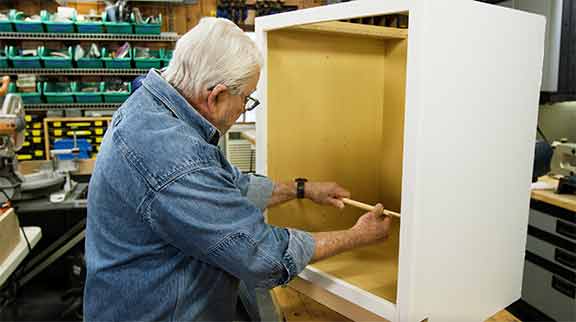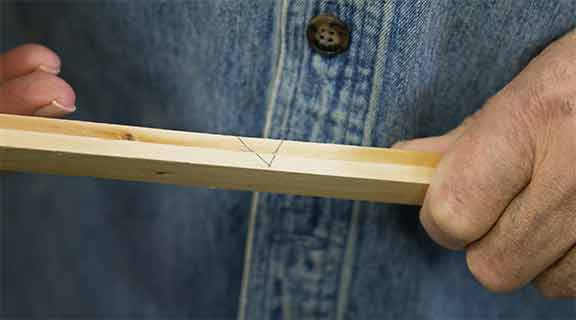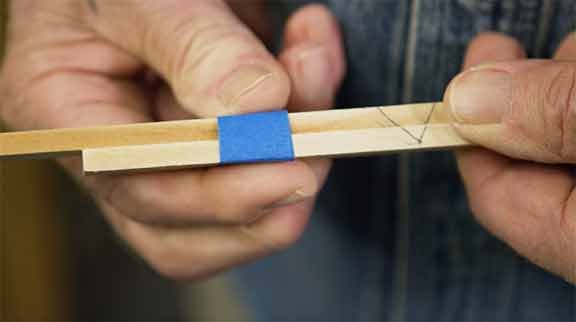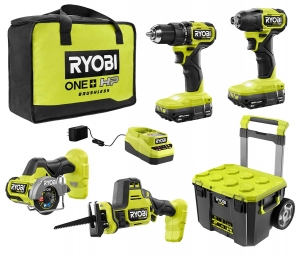Measuring Without Measuring Tape?
An old technique for taking inside measurements accurately – without a measuring tape!
 What if someone told you that measuring without measuring tape is extremely accurate? Would you believe them? Well, sometimes a good old simple solution is tried and true – just right for the job. This old technique uses a couple of strips of wood and a sharp pencil to take surprisingly accurate inside measurements.
What if someone told you that measuring without measuring tape is extremely accurate? Would you believe them? Well, sometimes a good old simple solution is tried and true – just right for the job. This old technique uses a couple of strips of wood and a sharp pencil to take surprisingly accurate inside measurements.
When it comes to woodworking, precision is key to measuring, cutting, shaping, and joining. Accurate measurements translate to a more professional and finished end result. With this technique, taking the length of an interior dimension can be a straightforward and very accurate task.
In this video, I’ll show you this reliable and time-tested way to make an accurate inside measurement without measuring tape.
How do I measure without measuring tape?
My tip for making inside measurements doesn’t use a measuring tape - and for good reason. Some of the more conventional ways of measuring with a tape measure can lead to errors. For example, some people might bend the tape into the corner which ends up being a close guess at best. Others could run the tape measure right up against the side and add t hat reading to the width of the tape measure case... This can involve some tricky math... Being off by even a sixteenth of an inch can be the difference between a stable project with tight-fitting joints, or one that looks carelessly put together.
hat reading to the width of the tape measure case... This can involve some tricky math... Being off by even a sixteenth of an inch can be the difference between a stable project with tight-fitting joints, or one that looks carelessly put together.
This centuries-old technique is a very accurate and basic solution! There are two steps for making inside measurements without a measuring tape.
The first is to overlap the two strips of wood and then telescope them out so that the ends touch both insides of the cabinet. With a sharp pencil, make an index mark.
When it comes time to cut the material for the shelf, align the index mark on the two pieces of wood. Hold the two pieces of wood together either with your hands, a clamp, or tape. You have precisely duplicated the measurement using the sticks. Place the fastened-together sticks on the material to be cut, mark the end of the sticks, and when you make y our cut, you will have the exact size that you need.
our cut, you will have the exact size that you need.
Tip - If you’re using a compound miter saw, line your mark with the edge of a saw tooth before making your cut.
All in all, accurate measurements matter, and your cuts are only as accurate as your measurements. Give this a try the next time you’re working on a project. This technique from the past is so easy it’s no wonder it’s been around for so long. If you're interested in learning more, you may want to check out my latest DIY tips.
Recommended Articles

The How’s and Why’s of Upgrading a Central AC System
A step-by-step video demonstration showing removal and replacement of a central air conditioning system. Includes advantages of new, state-of the-art AC systems.

If You’ve Got a Project That Involves Demolition, You’ll Want to Know About This Tool.
I try out a new tool designed and engineered to do one task exceptionally well -- demolition.
